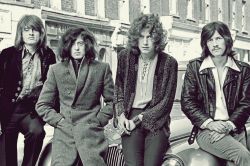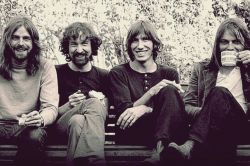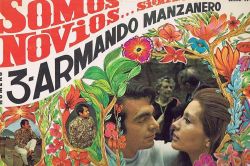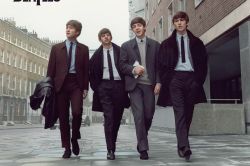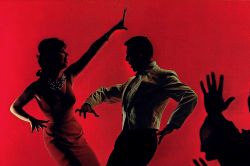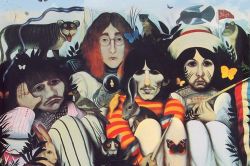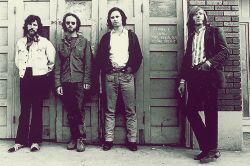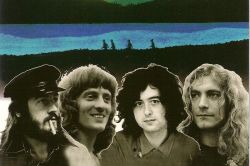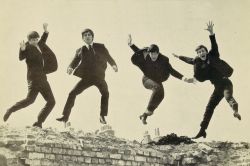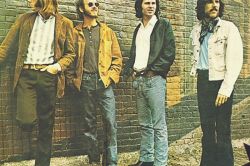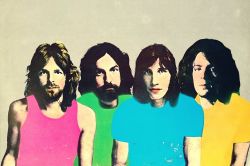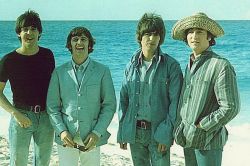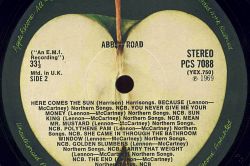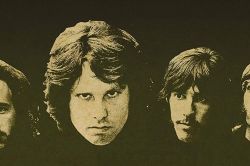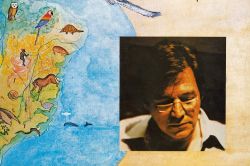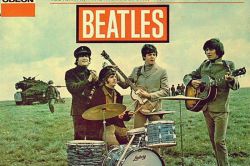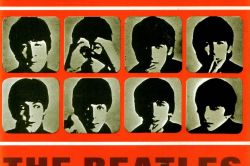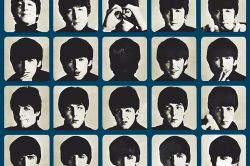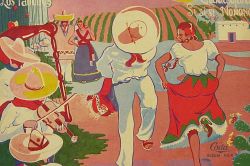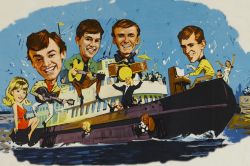1960s
The 1960s could be rightfully called the cornerstone of major cultural shifts in the 20th century. Social changes rocked the world of popular music, bringing new trends and genres, while revolutionary technological innovations allowed amateur musicians to enter the world stage.
Finally, the rebellious youth could get their hands on the whole new set of musical instruments available on the mass market, kick-starting a whole new era. Dozens of new bands entered the pop music scene, inspiring freshness and re-inventing the old, essentially leaving classical music and cinema scores for composers and professional musicians.
It was largely thanks to the enormous influence of the 60s' pop music that the vital messages of many social movements—including the civil rights movement, second-wave feminism, flower power non-violence ideology, and sexual revolution—reached the broad masses all over the world, drawing more and more people into the global carnival of liberation.
The outdated trends of American pop music were crushed when the more progressive European sound poured into America with the first wave of the British Invasion. Until that moment, strangled by the two world wars, the Old World could not offer serious alternatives to the 20th-century American pop culture.
The music itself, though, had to come a long way first, emerging from the darkest corners of the dingy underground clubs to the wide outdoors of open festivals at Woodstock and Guide Park.
Technical advancement finally reached the point of mass production of previously unattainable equipment: from musical instruments and sound recording to concert gear and home playback devices.
The electric bass guitar, which had been not that essential in the 50s (when it was first introduced) due to the double bass dominance, finally found its place among the now-classic ensemble of an electric guitar and drums, defining rock music genres for decades to come.
Sound amplifier systems could now provide the power level enough to organize huge open-air festivals that gathered massive crowds. Large-scale events like these were in many ways responsible for the beginning of the multicultural musical fusion, such as Indian classic entering the Western pop scene.
Stereo had almost completely replaced mono as the recording mode and studios were re-equipped with multi-track tape recorders. Since then, it has become the default process to record each instrument as a separate track, providing an exceptional opportunity for making adjustments and adding electronic effects to the mix through the post-production.
The major culturally altering invention came from Germany in the form of the first miniaturized household music player when Philips introduced Musicassette at Berlin Funkaustellung, or the 'Berlin Radio Show' exhibition, in 1963. By the end of the decade, the compact cassette had become the standard format for new releases, simplifying the listening for all music enthusiasts.
